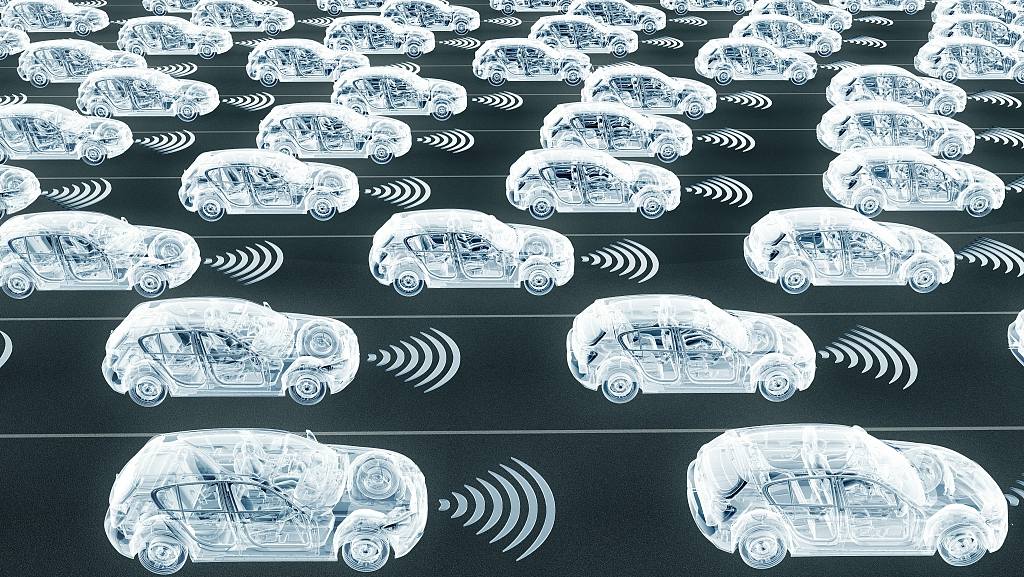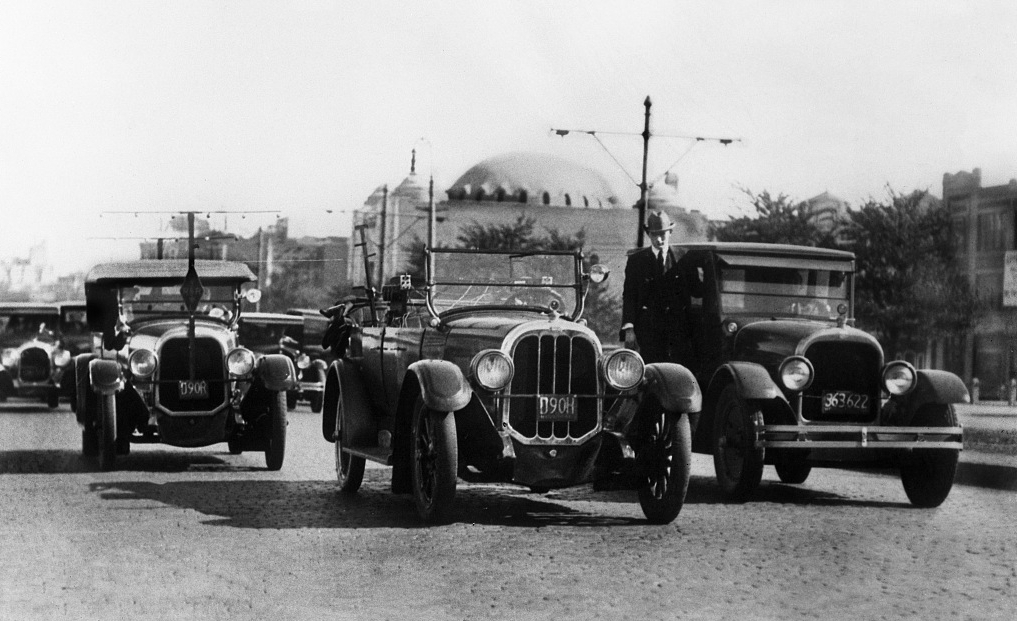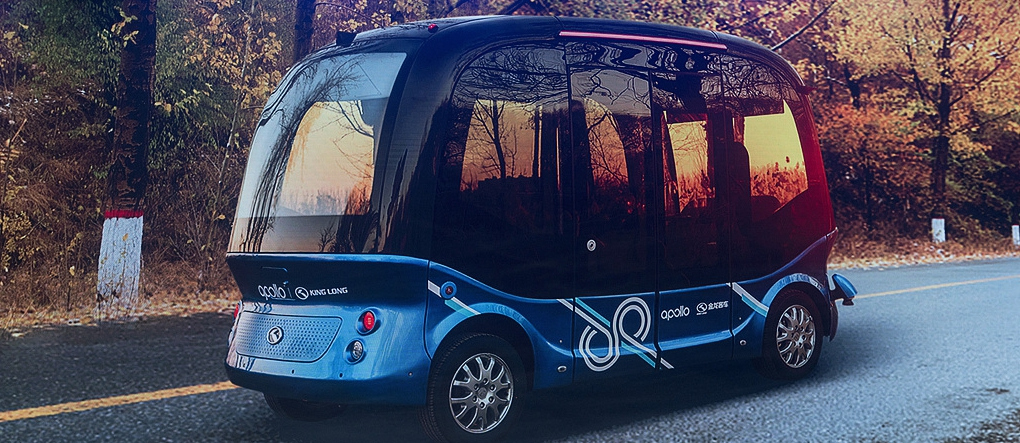
Technology
13:38, 21-Mar-2019
Will driverless cars hit the streets in 2019?
Nicholas Moore

In 1926, a “phantom motor car” took the streets of Milwaukee in Wisconsin, controlled by a “master mind” that could shift gears, turn the steering wheel “and even ‘sass' the policeman at the corner.”
Ninety-three years later, that report from the Milwaukee Sentinel still seems like it could have been written yesterday.
That “autonomous” car may have been radio-controlled by a vehicle driving behind it, but it was decades ahead of its time and shows just how long the driverless dream has been, well, a dream.

The radio-controlled "phantom car," invented by Francis Houdina, being driven around Boston in 1926. /VCG Photo
The radio-controlled "phantom car," invented by Francis Houdina, being driven around Boston in 1926. /VCG Photo
But in 2019, we are closer to that dream becoming a reality than ever before.
Billions of dollars have been spent on researching and developing driverless technology. Baidu launched its Apollo open source platform in April 2017 for autonomous driving, as well as establishing a 1.5 billion U.S. dollar fund to support driverless startups.
The tech itself has existed for years, with millions of miles of testing already conducted in China, the U.S. and elsewhere.
Once 5G goes global, it will be able to connect smart vehicles and cities with one another – one of the key components in fully realizing driverless technology.
Some might argue that driverless technology is here already.
In Phoenix, Arizona, Alphabet subsidiary Waymo launched the world's first commercial driverless ride-hailing services last December – but there was a catch. Riders are all pre-vetted, and a human safety operator is always behind the wheel. It is a huge leap forward, but not full autonomy.

An image of a Baidu Apollo 3.0 autonomous vehicle displayed during the Baidu Create conference in Beijing, July 2018. /VCG Photo
An image of a Baidu Apollo 3.0 autonomous vehicle displayed during the Baidu Create conference in Beijing, July 2018. /VCG Photo
When the first fatalities involving autonomous vehicles occurred in 2016, it became clear that either the world wasn't ready for this technology, or this technology wasn't ready for the world.
Human error, unpredictable drivers and pedestrians, hacking and digital failure – the risks involved with driverless technology are all too evident.
But autonomous tech is constantly evolving, and with traditional car manufacturers either developing driverless AI systems on their own or partnering with tech giants like Google and Baidu, advances in autonomous driving could come quicker than anticipated.
China has established guidelines for testing driverless vehicles, with major cities allowing prototypes to experiment on their roads. While private driverless vehicles intended for commercial use aren't expected to go on sale for another decade, ride-hailing will likely be the starting point.
The city of Wuhan in central China's Hubei Province is currently constructing a “5G smart highway,” which Xinhua describes as a network of smart, connected roads designed for autonomous transport services.
And Chinese company pony.ai launched a driverless ride-hailing app earlier this year. At present it is only available to staff as a test, but it shows yet again that this technology is on the cusp of hitting the streets.

SITEMAP
Copyright © 2018 CGTN. Beijing ICP prepared NO.16065310-3
Copyright © 2018 CGTN. Beijing ICP prepared NO.16065310-3